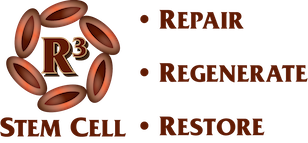When you arrive at the medical facility, you will fill out some paperwork and sign a consent form. After changing into a procedure gown, you are positioned on your side on the table. The doctor first cleans the hip region with an antiseptic before injecting the skin with a local anesthetic. The procedure needle is guided into the bone using fluoroscopy (x-ray guidance). After the marrow is aspirated, the needle is removed and the site is covered with a bandage.
The bone marrow is processed in the laboratory to concentrate the stem cells. Once the solution of stem cells is available, the doctor cleans the skin of the treatment site, and anesthetizes the tissues. Once numb, the procedure needle is inserted using fluoroscopy, and the stem cells are injected.
